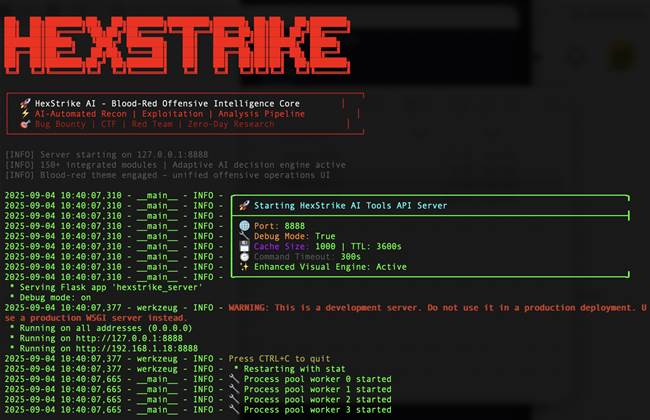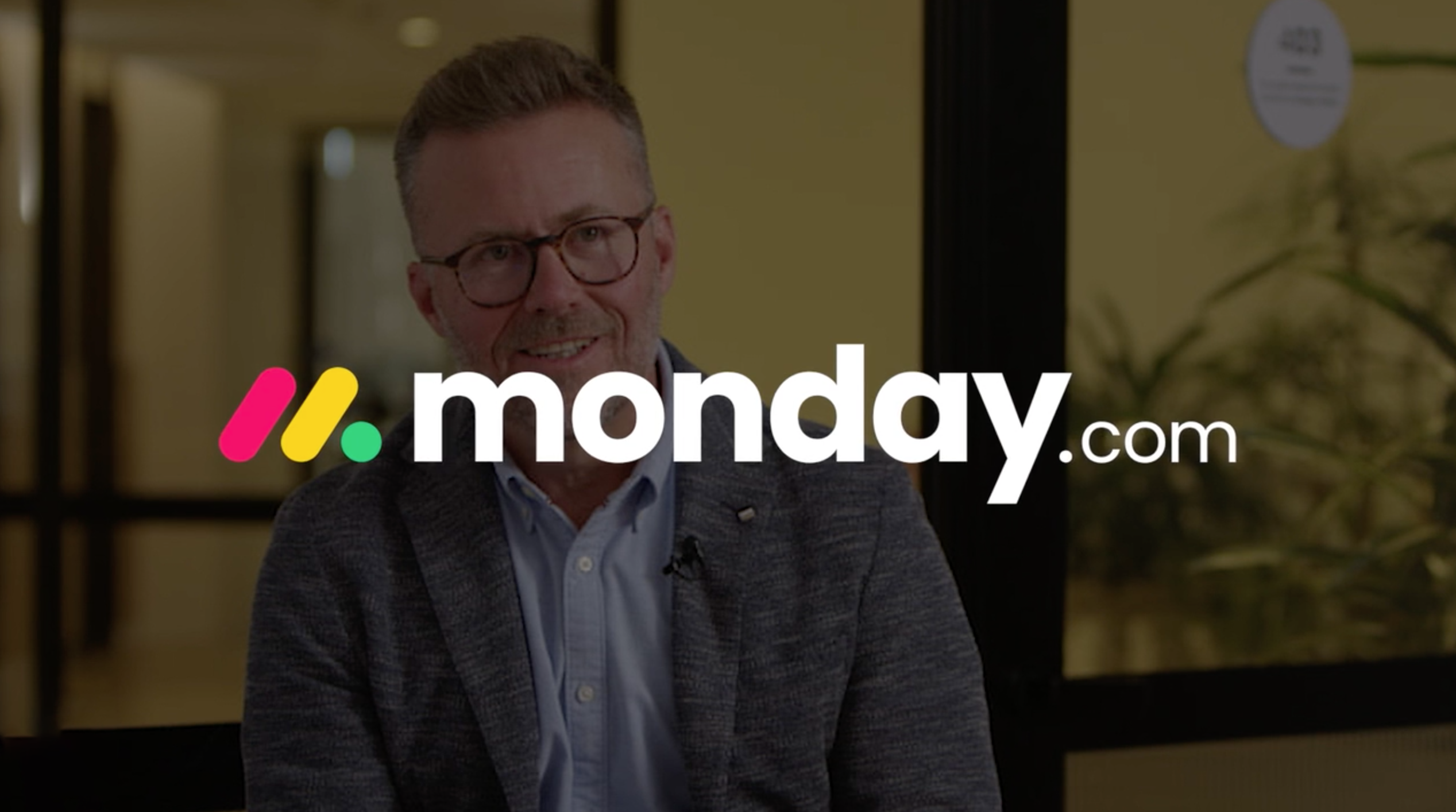Gaming Evolution: Microsoft Gaming Copilot Delivers Instant Support
We independently review everything we recommend. When you buy through our links, we may earn a commission which is paid directly to our Australia-based writers, editors, and support staff. Thank you for your support!
Quick Read
- Microsoft introduces Gaming Copilot, an AI assistant aimed at Windows PC gamers.
- Provides real-time advice and customized suggestions to improve gameplay experiences.
- Voice-enabled functionality allows players to stay engaged without distractions.
- Available at no cost for users aged 18 and over, utilizing Xbox account information for personalized guidance.
- Works flawlessly with the Xbox PC app, with mobile compatibility on the horizon.
- Plans for future rollout to Xbox consoles and new handheld gaming devices.
Voice Mode
Engage with Gaming Copilot using natural voice prompts, ideal for critical moments when typing is impractical. On PC, press the “Push to Talk” option for immediate questions or switch to “Mini Mode” for subtle conversations that don’t obstruct your view. Mobile users will gain microphone capabilities in the Xbox app starting in October, ensuring uninterrupted support.

In-Game Assistance
Having difficulty with a challenging quest or need insights on enemies? Gaming Copilot analyzes your gameplay to offer tips on NPC storylines, the best character builds, or tactics without giving away spoilers. It also monitors your achievements, guiding you toward completion and transforming potential hurdles into gratifying victories. This feature excels in fast-paced games where every moment counts.
Recommendations and History
Based on your gaming history and favorite genres, the AI recommends new titles to keep your collection lively. It tracks session information for seamless recaps, allowing you to continue across devices without any hiccups. The more you engage, the more refined its recommendations become, crafting a uniquely tailored experience.
Microsoft intends to launch Gaming Copilot for Xbox consoles and new handheld devices including the ROG Xbox Ally and ROG Xbox Ally X on October 16. The beta version is currently accessible on PC via the Game Bar (Windows key + G), with mobile support rolling out for iOS and Android next month. Available worldwide (excluding mainland China), it is set to evolve based on user feedback, enhancing its intelligence and usability.
This goes beyond just being a chatbot—it revolutionizes our interaction with beloved games. Initial users are raving about the time saved, and with no charge to test it, there’s every reason to engage. As the technology progresses, anticipate Gaming Copilot to manage intricate requests like multiplayer coordination or detailed story explorations with ease.
For further details, visit Xbox Support – https://support.xbox.com/en-us/help/games-apps/xbox-ai/gaming-copilot-faq
Summary
Microsoft’s Gaming Copilot aims to reshape the gaming experience by delivering instantaneous assistance and personalized suggestions, fully integrated into the Xbox environment. With voice-activated capabilities and plans for future expansion, it is set to enhance engagement and efficiency in gaming.



.jpg&h=420&w=748&c=0&s=0)









